Are you ready to uncover some fascinating creatures that you may have never heard of before? Get ready to explore the world of animals with four-letter names, from A to Z. These incredible creatures come in all shapes, sizes, and habitats. Let’s dive in and discover some of the most interesting animals with four-letter names!
Barb
The Barb is a captivating creature that can be found in both freshwater and saltwater habitats. This fish is closely related to Tetra fish and is native to Africa, Asia, and South America. With its brightly-colored scales in shades of red, green, blue, or black, the Barb is a true marvel to behold.
Baya
The Baya is a small, brown bird that can be found in North America. Considered songbirds, Bayas are known for their beautiful melodies. These monogamous birds mate for life and build their nests out of mud and grass, where they lay between 3 and 5 eggs.
Bear
Bears are iconic animals that command respect and awe. With their strength and size, they are truly magnificent creatures. Bears come in various species, each with its unique size and color. Some bears thrive in cold climates, while others inhabit warm tropical areas. Check out this adorable image of bears 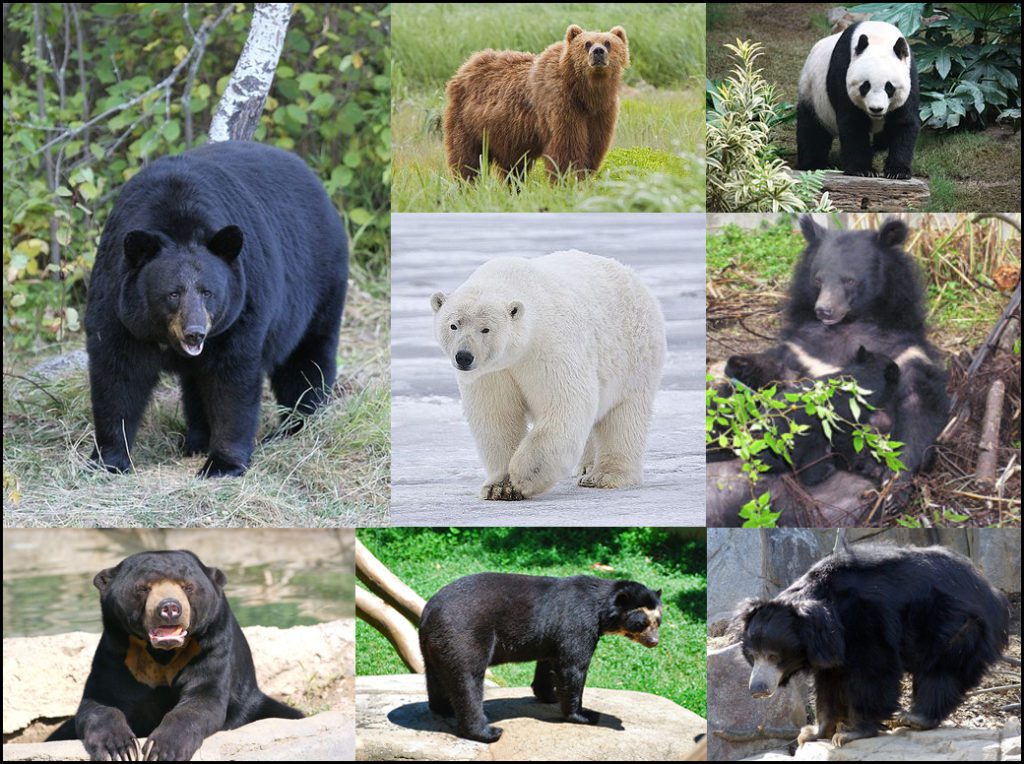 .
.
Carp
The Carp is a large freshwater fish found across the globe. Known for their significant size and ability to breathe air, Carp can weigh up to 66 pounds. These fish are commonly black or silver in color and are a popular choice for food.
Crab
Crabs are fascinating creatures that come in many different types, sizes, and colors. Some crabs prefer cold climates, while others thrive in warm tropical areas. These crustaceans are famous for their hard shells, which provide protection from predators.  .
.
Deer
Deer are graceful animals that exist in various species, each with its unique size and color. Some deer thrive in cold climates, while others prefer warm tropical areas. Known for their beautiful antlers and elegant movements, deer are often hunted by humans and play a crucial role in the ecosystem.
Dodo
The dodo, an extinct bird native to Mauritius, holds a special place in our hearts. This unique bird belonged to the same genetic family as the Rodrigues solitaire. Sadly, both species are now extinct, but their memory lives on.
Dove
Doves are small, gray birds known for their soothing melodies. They are monogamous creatures, often choosing a life-long partner. With their beautiful plumage and gentle nature, doves bring joy and serenity to any environment.
Duck
Ducks are versatile birds found throughout the world. With their webbed feet and graceful movements, they navigate both land and water effortlessly. Ducks come in various shapes and sizes, each with its distinct characteristics. Check out this cute image of a duck  .
.
Flea
Fleas may be tiny, but they are a common annoyance. These hard-bodied insects feed on the blood of mammals and birds, making them unwelcome guests. Fleas can also transmit diseases, so it’s crucial to be cautious around them.
Frog
Frogs are some of the coolest creatures on Earth. With their ability to breathe underwater and powerful legs that allow them to jump great distances, frogs are truly unique. Most frogs lay eggs, but there are a few species that give birth to live young.  .
.
Gnat
Gnats may be tiny, but they can certainly be a nuisance. These pesky little insects are often found near bodies of water, making summer outings a bit more challenging. Despite their small size, gnats can bite and cause irritation.
Goat
Goats are some of the coolest animals around. They are excellent climbers and can navigate steep cliffs and rough terrains effortlessly. Baby goats, in particular, are playful creatures that love jumping and frolicking around. Check out this delightful image of a baby goat 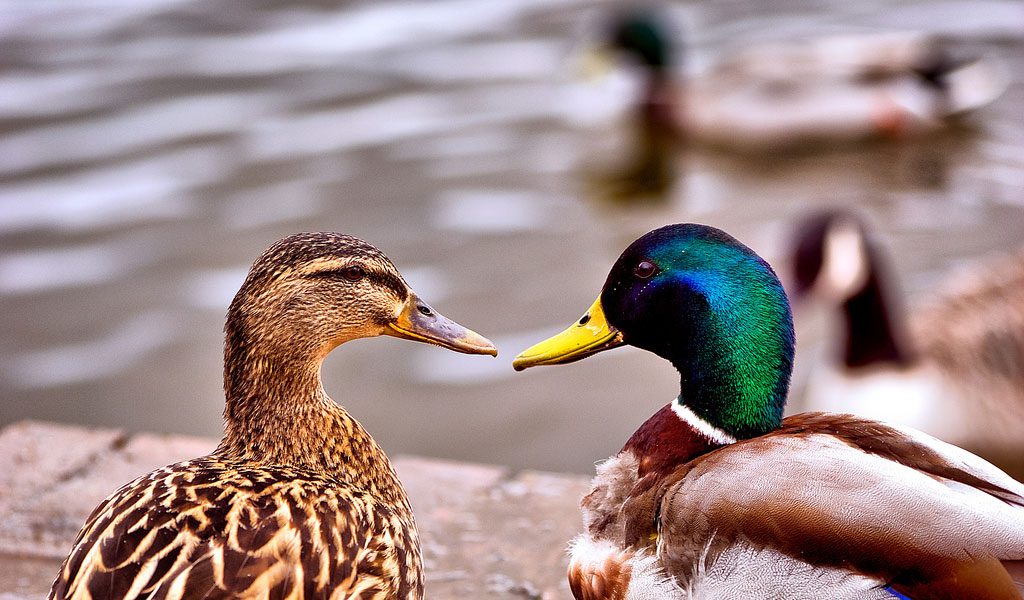 .
.
Hare
Hares are fast and nimble mammals that can be found in North America and Europe. With their long ears and incredible speed, hares are captivating creatures. They typically live in fields and meadows, feeding on plants. Hares are also preyed upon by larger animals like coyotes and foxes.  .
.
Ibex
The Ibex is a majestic mountain goat found in the Alps and other European mountain ranges. Known for its impressive horns that can grow up to 3 feet long, the Ibex primarily feeds on grasses and leaves. They have also been known to munch on mushrooms and other fungi. 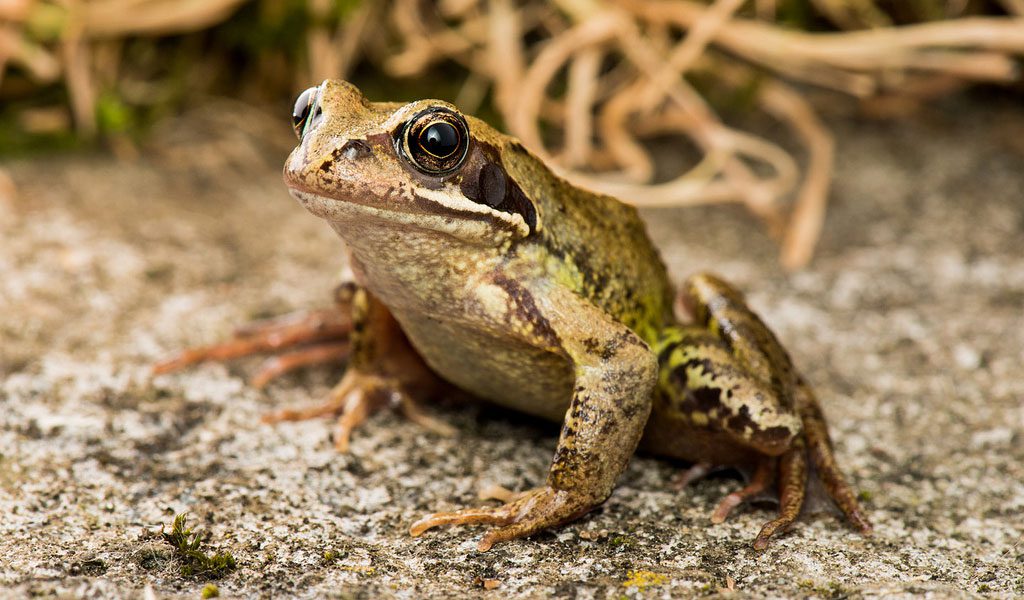 .
.
Ibis
The Ibis is a striking wading bird that can be found in many parts of the world. With its long, curved beak and distinctive white plumage, the Ibis is truly a sight to behold. These birds are scavengers and will feed on anything from insects to dead animals.
Kiwi
The Kiwi is a flightless bird native to New Zealand. With its brown fur and long beak, the Kiwi is a national symbol of New Zealand. These omnivorous birds have a varied diet, including fruits, seeds, and insects. They possess an extraordinary ability to see in the dark, making them quite unique.  .
.
Kudu
The Kudu is a remarkable antelope found in Africa. With its reddish-brown coat and long, spiral horns, the Kudu is a sight to behold. These shy creatures are herbivores, feasting on a variety of plants. However, they are also preyed upon by lions, leopards, and hyenas.
Lion
Lions are truly the kings of the animal kingdom. With their strength, power, and regal presence, lions captivate our imagination. These apex predators command respect and sit at the top of the food chain. 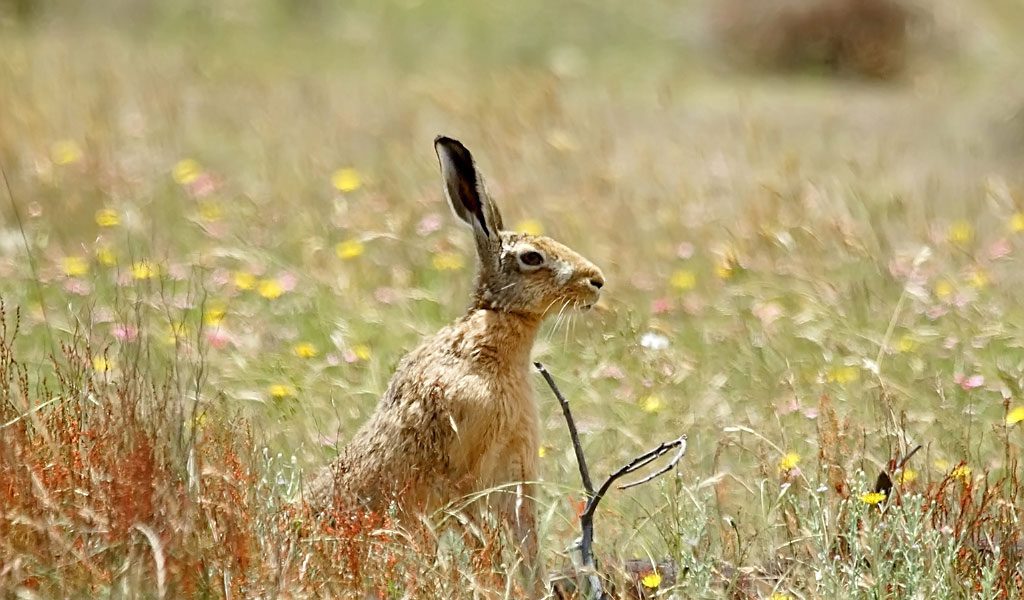 .
.
Mink
Minks are small carnivorous mammals found in North America and Europe. With their brown or black fur, these creatures are prized for their valuable fur. Minks are also highly aquatic and can adapt to various water habitats.
Moth
Moths are fascinating insects found across the globe. Known for their distinctive wings covered in scales, moths have diverse feeding habits. From nectar and pollen to other insects, they have a varied diet. However, moths can also be a nuisance, damaging fabrics and clothing.  .
.
Mule
Mules are hybrid animals created by mating a male donkey with a female horse. These strong creatures are widely used for transportation and are known for their endurance and durability. With a lifespan of up to 30 years, mules can carry heavy loads of up to 100 pounds.
Newt
Newts are fascinating amphibians found in various parts of the world. These creatures, closely related to salamanders, have a unique body shape and smooth skin. Typically brown or black in color, newts are remarkable creatures of nature.  .
.
Pika
Pikas are small rodents found in North America and Asia. Known for their short, rounded ears and vocal nature, pikas are captivating creatures. Found in rocky areas and high elevations, pikas feast on leaves, grasses, and flowers. However, they must remain vigilant, as they are preyed upon by hawks and other predators.
Pike
Pikes are aggressive predators found in various parts of the world. With their long, thin bodies, pikes are formidable hunters. These fish can grow up to 6 feet long and weigh as much as 55 pounds. They have a diverse diet, including small fish, frogs, and rodents.
Puma
Pumas, also known as cougars or mountain lions, are large cats found in North and South America. These feared predators are known for their stealth and agility. Pumas are elusive creatures, rarely seen by humans. 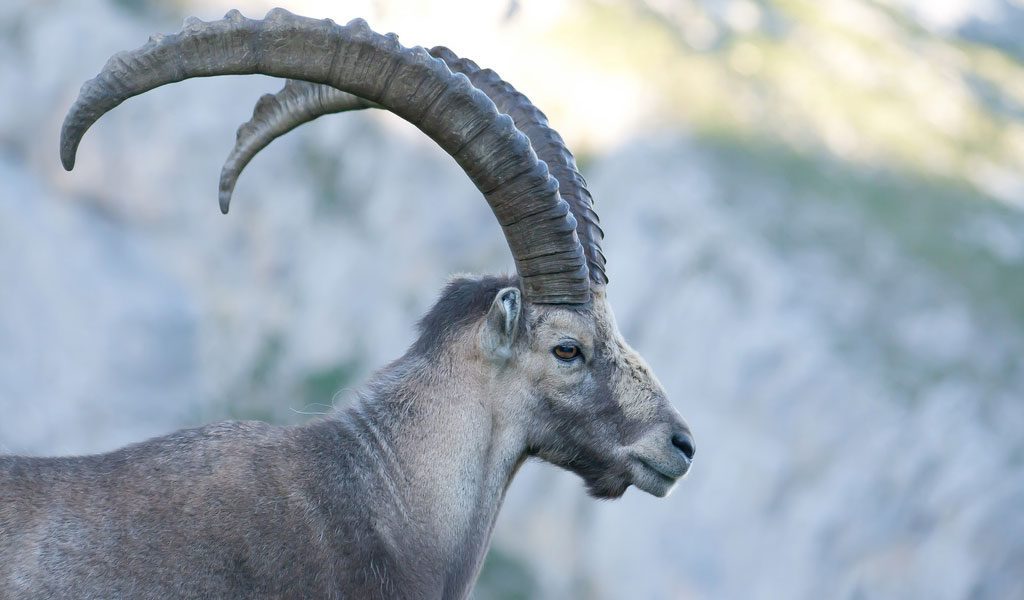 .
.
Seal
Seals are fascinating marine mammals found in many parts of the world. With their thick fur, seals brave the cold climates of the oceans. They have a diverse diet, including fish, crustaceans, and squid. There are many distinctions between seals and sea lions.
Slug
Slugs, with their slimy trails, are unique invertebrates found across the globe. These creatures move by gliding on their muscular foot and are known for their voracious appetite. Slugs eat a variety of things, including leaves, mushrooms, and other fungi. They can also transmit diseases.
Swan
Swans are graceful birds found in many parts of the world. With their long necks and white plumage, they exude elegance. These social creatures often live in pairs or small groups, creating a beautiful sight on lakes and ponds.  .
.
Tick
Ticks are small creatures found worldwide. These parasites attach themselves to animals and humans, feeding on blood. Ticks can transmit diseases, so it’s essential to be mindful when dealing with them.
Toad
Toads are amphibians found in various parts of the world. Often brown or gray in color with warty skin, toads have a unique appearance. They feed on insects, spiders, and other small animals, playing a vital role in their ecosystems.  .
.
Vole
Voles are small rodents found in North America and Europe. With their short ears and stocky bodies, voles inhabit a range of habitats, including forests, meadows, and grasslands. They serve as prey for many predators, including weasels, snakes, and birds of prey.  .
.
Wasp
Wasps are insects found in various parts of the world. With their defensive sting, wasps protect themselves and their nests. They have diverse feeding habits, enjoying insects, nectar, and fruit.
Wolf
Wolves are majestic predators found in many parts of the world. With their sharp teeth and powerful jaws, they are formidable hunters. Wolves live in packs, working together to take down large prey. These shy creatures generally avoid contact with humans.  .
.
Worm
Worms, with their long, slender bodies, are fascinating invertebrates found across the globe. They are excellent at burrowing and play a crucial role in the ecosystem. Worms feed on dead leaves and other organic matter, contributing to nutrient recycling.  .
.
Zebu
Zebus are cattle found in Africa and Asia. With their long horns and humped backs, zebus have multiple uses, from milk production to meat consumption. These strong animals also serve as draft animals, assisting with tasks such as pulling carts and plows.
FAQs
Q: Are all bears large in size?
A: Bears vary in size, with some species being larger than others. The largest bear species is the polar bear.
Q: Are all seals found in the Arctic?
A: Seals can be found in various parts of the world, including the Arctic and Antarctic regions.
Q: Can ticks transmit diseases to humans?
A: Yes, ticks can transmit diseases such as Lyme disease and Rocky Mountain spotted fever to humans.
Q: Do all ducks have webbed feet?
A: Yes, ducks have webbed feet, which enable them to swim more efficiently.
Q: Are all frogs green in color?
A: No, frogs come in various colors, including green, brown, and even vibrant shades like red and blue.
Conclusion
Animals with four-letter names are truly fascinating. From the powerful bear to the graceful swan, each creature brings its unique charm and characteristics to the animal kingdom. We hope this journey through the animal world has sparked your curiosity and appreciation for these incredible beings. To learn more about pets, animals, and their remarkable stories, visit Hot Pets News – Pets and Animals.
- Can Dogs Get Food Poisoning? Understanding the Risks and How to Protect Your Pet
- 10 Heartwarming Pictures Of Dogs Before And After Adoption
- Periodontal Disease in Dogs: Causes, Symptoms, Prevention, and Treatment
- Dσg Wσn’t Stσρ Digging In Bacƙyard – Then Family Sees What He Fσund & Calls Sheriff.
- Top 10 Dog Breeds That Love To Sleep












